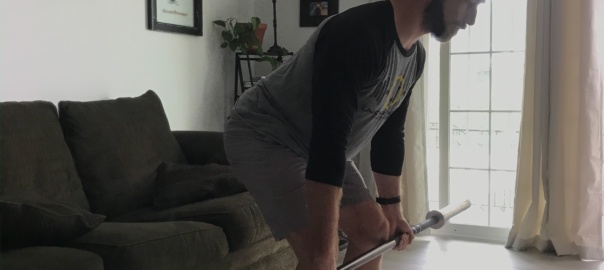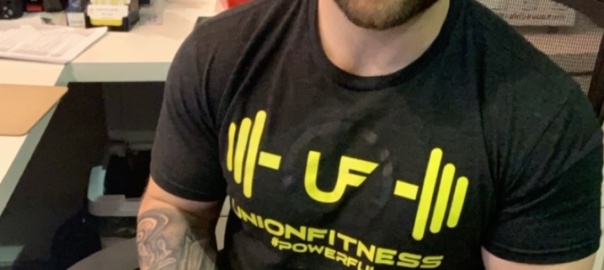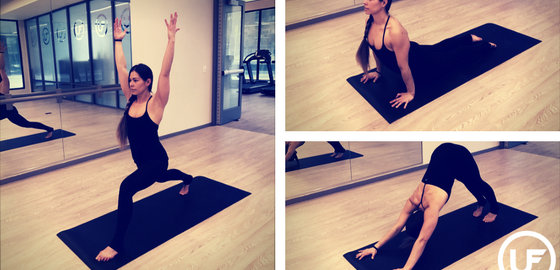Have you ever encountered a situation that made you feel emotionally triggered? Well, the muscles in your body can feel triggered, too. In fact, your body has trigger points at any given moment. You may or may not have heard your Massage Therapist mention trigger points, but today I am going to delve into the what’s, why’s, and hows of these little (maybe big) buggers.
“I have a knot in my *fill in the blank,” said by all of us at some point. Technically your muscles don’t have little people inside tying the fibers together into knots, but what you are feeling does seem knotty and rope-like. Those are the trigger points. Muscle fiber(s) can become triggered typically by something like injury or overuse. These lesions that are now within the sarcoplasmic reticulum cause a release of excess calcium ions which create the sustained muscle contraction. These sustained contractions lead to a poor supply of oxygen which in turn decreases the ability of the small tears from healing.
By the muscle remaining contracted, it is shortened which decreases the range of motion as a defense mechanism to prevent injury. You may begin to notice this happening as pain in the relative area and/or weakness. While the muscle is doing what it is programmed to do to prevent injury, it is not effectively doing the action it is meant to do which is a problem. Think about it: you want to do a bicep curl but your bicep (“problem muscle”) says, “naw I don’t feel great, the other guys can help”. The bicep is the prime mover and not doing the work, so in order to complete the curl, our body has to recruit other muscles around the area to do something that is not their job, or at least not their primary role. Can you see how although the body will perform the movement, it isn’t optimal? The longer we decide to work through the pain and allow compensations to occur, the trigger point will worsen causing the muscle to become weaker and more dysfunctional. It will continue to prevent the affected muscles from fully lengthening and relaxing as well as tire quickly, recover slowly, and contract excessively. If we want to continue to become stronger and function well, we need to move optimally.
Although we are capable of working through the pain during the early stages, that is also when we are most able to combat the problem before it develops into something more serious. There are a few different ways to take care of your muscles if you are already feeling the symptoms. You can try on your own through the use of foam rollers, body tempering items, percussion guns, or other items that can release the surrounding fascia. If you would like to plan a professional treatment once or twice a month and let someone else do the work, I would recommend finding a Massage Therapist you can trust. Having someone who is trained to palpate muscle, identify trigger points, and also understands the surrounding area is a beneficial option for your recovery.
At the end of the day, despite how careful we are and how great we are with taking care of our body, there will always be trigger points floating around the body. It is not a reason to live in constant fear, avoid movement, or overthink how you move. However, if you are aware of your body mechanics and devote yourself to proper nutrition, sleep, and forms of therapy, you can certainly help prevent and mitigate further problems from occurring.













